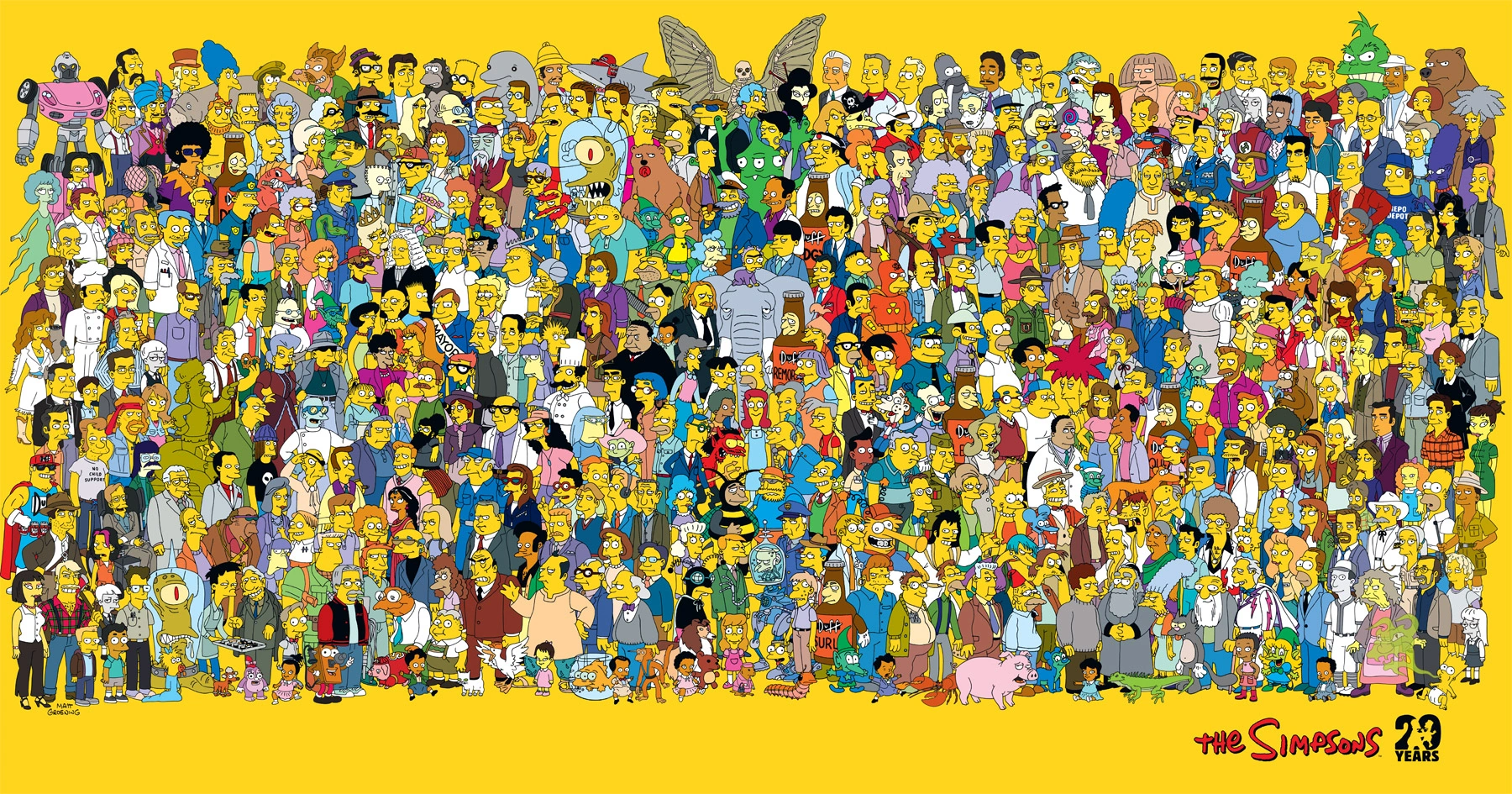Kanye West released his album Yeezus, filled with crucial criticisms of American Society, in 2013. Kanye makes it blatantly clear in this album his discontent with how racism has evolved over time, and how it manifests itself in American society today. With song titles like Black Skinhead, New Slaves and Blood On The Leaves, one can quickly recognize the theme of race in this album. I consider this album a very significant release in American media, as it brings back clearly unsettled issues from the past and makes it known that race isn't gone and is still an overwhelming issue in society today.
Kanye West's first race-oriented title in this album is "
Black Skinhead", an ironic and satirical title, as Kanye has been accused of being racist towards white people in the media. Some of the first lyrics the listener hears are, "They see a black man with a white woman, At the top floor they gone come to kill King Kong." Here, Kanye could be referring to his relationship with Kim Kardashian and how the media has portrayed him in this relationship: like a monster. Other powerful lyrics as the listener continues through the song are, "If I don't get ran out by Catholics, here come some conservative Baptists, claiming I'm overreactin', like them black kids in Chiraq bitch." With these lyrics, Kanye is expressing his annoyance with religious groups disagreeing with his lyrics, and how if it's not 'Catholics', it'll be 'Baptists' - meaning some conservative religious group is always critiquing him. The next lyric is a strong and angry sentiment towards the media/government/world for ignoring and being aloof about the shooting in Kanye's hometown, Chicago which lead the black youth there to refer to it as "Chiraq".
The next race-oriented title on the album is "
New Slaves". This is a satirical and unrested song of capitalism and the evolution of racism in America. There are constant striking lyrics in this song, the first verse being,
"My momma was raised in the era when
Clean water was only served to the fairer skin
Doin' clothes you would have thought I had help
But they wasn't satisfied unless I picked the cotton myself
You see it's broke nigga racism
That's that 'Don't touch anything in the store'
And it's rich nigga racism
That's that 'Come in, please buy more'
'What you want, a Bentley? Fur coat? A diamond chain?
All you blacks want all the same things'
Used to only be niggas, now everybody playin'
Spendin' everything on Alexander Wang
New Slaves"
This song brings back the past, from the segregation era to slavery. This song is exemplifying how black people have not become free in our society because they are in a sense, modernly enslaved to materialism and capitalism, but are still treated like slaves and discriminated against greatly. In this from of enslavement, blacks are discriminated against by store owners that assume that black people don't have any money and are told not to touch anything. Kanye is satirical about the stereotype of black people all wanting expensive material possessions, and how these desires once again enslave them to capitalism.
The next, and final, striking race-oriented title on the album is "
Blood On The Leaves", which opens with Nina Simone's voice singing "Strange Fruit" - an analogy for black bodies that would hang in the trees after they were lynched by white men. This reminds the listeners, most likely members of American society, where black people once were in American society and how things have changed since then.
I think this album had a huge impact on American society. It focuses listeners on society and the injustices African American people are still facing in our society today. The satirical and passive-aggressive attitude that I sense from Kanye in this album is how I would expect white people to feel when listening to this music, which they certainly do.





